Breath: A path to stability in uncertain times
3Over the past several months the subject of breathing had become particularly charged. We keep hearing about breathing everywhere: the phrase ‘I can’t breathe’ became a symbol of police brutality, COVID-19 infects the lungs and makes breathing difficult, weather events like sandstorms and wildfires pollute the air and affect breathing, and so on. Recent events had brought the subject of breathing to the forefront of many people’s minds and made them suddenly aware of this natural process that usually takes place underneath our conscious awareness. It made them acutely aware how essential breathing is to their very survival and to their health and well-being.
As yoga practitioners, we knew of the importance of breathing all along, and we use breath control often to manage our energy, impact our physiology and cultivate a calm mind. Now the subject of breathing had entered the affective niche of the general public. The “affective niche” is what we pay attention to in the present moment that is relevant to our survival and thriving. Anything beyond our affective niche is just noise – there is a lot of information out there in the world and our attention is fleeting. So now that we have people’s attention, it seems like it would be a good time to focus on breathing in our yoga practice. Now, more than ever, we need to teach our students how to breathe more efficiently on and off the mat, how to use breath to calm their agitation and regulate their energy and biological processes.
Yogis long recognized the importance of breath awareness and breath control in our daily lives. It is reflected clearly in the Age Model. According to the viniyoga tradition, our aging process is represented by the movement of the sun throughout the day. Sunrise represents childhood, midday represents adult life, and sunset represents old age. There are specific yoga practices that are appropriate for each stage of life.

From the traditional point of view, students in a SUNRISE STAGE of life (teenagers and young adults) need to focus on stronger asana to help develop growing bodies, teach discipline and encourage body awareness.
Students in a MID-DAY STAGE of life (roughly 25-70 years old) need more focus on the breath and other energy management practices to support them in their busy lives that likely include careers, children and households.
Students in a SUNSET STAGE of life (roughly 70-80 years old and beyond) need to focus on physical maintenance and spiritual introspection to gradually turn away from the external material world and start preparing for an eventual graceful exit.
Most of us are in the “householder,” or mid-day, stage of life. We are busy with responsibilities, juggling careers, children, aging parents and all the other things that come with adulthood. On top of that, we are dealing with the uncertainty of the moment, the possibility of a viral infection and heightened worry about our parents, children and other vulnerable people in our lives. What we need most is stability at every level – structural stability to keep the body healthy; physiological immunity to keep us resilient; emotional balance to manage the challenges that come our way; and financial stability to provide for ourselves and our families. Intentional and mindful breathing practice can help us cultivate stability and resilience at every level of our system. This means that for the majority of us pranayama and other energy management practices are of most importance, particularly in this moment.
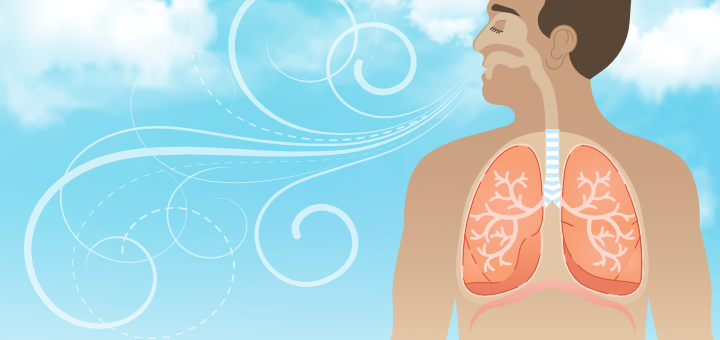
Today we will begin our exploration of breath and why it matters how we breathe. We will question some widely accepted assumptions about breathing and investigate the most effective breathing patterns; we will compare modern understanding of the breathing process with traditional yogic approach and analyze the usefulness of some traditional breathing techniques in our daily lives. It is my goal to make this exploration as straightforward and relevant as possible. We will focus on the foundational aspects of breathing that would be easy to understand and beneficial for any student.
The first step in breath exploration is awareness. If we don’t know what’s going on with our breath, we cannot affect it. The way we breathe changes depending on what we are going through, that is why it’s useful to reevaluate your breathing patterns regularly. To become aware of your current breathing patterns, I invite you to reflect on the following questions:
• Do you breathe mostly through your nose or your mouth?
• Do you hold your breath often? If you do, is it usually after inhale or after exhale?
• Where in your body do you feel your inhalation and your exhalation?
• Which part of the breath is easier – the inhalation or the exhalation?
• How actively engaged are your chest, neck and shoulder muscles when you breathe?
• How loud is your normal breathing? How loud is your breathing during yoga?
The answers to these questions will become very important as we move forward with our breath exploration. I would encourage you to start a breathing journal and jot your answers in it. As we move forward, you will see which breathing patterns serve you well, and which ones interfere with proper physiological functioning. Let’s get started!
[jetpack_subscription_form]
Here is a quick reminder of how breath affects your health and basic functions and what yoga can do to improve them.
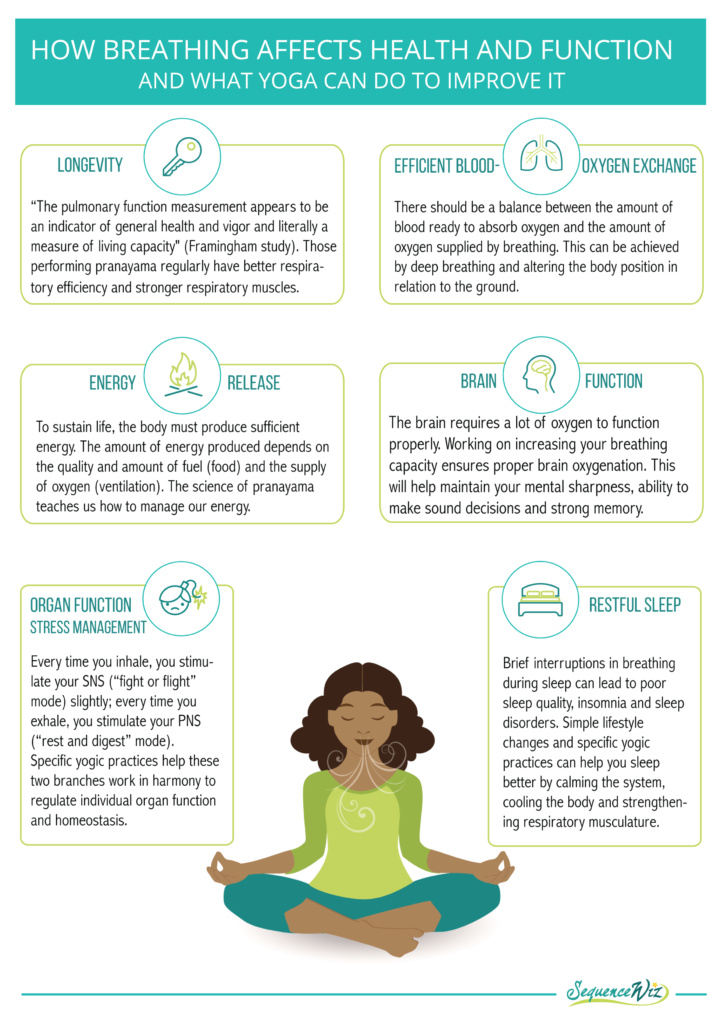
Additional reading on the subject
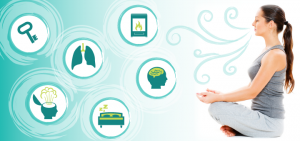 Why bother with breath in yoga (explanation of the graphic above)
Why bother with breath in yoga (explanation of the graphic above)
Recently a new student asked me: “Why do we care about breath in yoga anyway?” This caused me to stumble for a moment as different possible answers rushed through my head. Here are some basic ideas that are pretty easy to explain.
Does the intensity of your yoga practice match your life stage? (more details about the Age Model)
According to viniyoga tradition, our aging process is represented by the movement of the sun throughout the day. Sunrise represents childhood, midday represents adult life, and sunset represents old age. There are specific yoga practices (and levels of intensity) that are appropriate for each stage of life.
How to take your yoga practice to the next level (How to weave breathing into your existing practice)
Today I will tell you a secret that my teacher told my peers and me many years ago. He said: “If you do this, it will completely change your life, enhance your relationships, and make you a better person.” Then he added: “Too bad that you will not find out for yourself, because you won’t do it.”



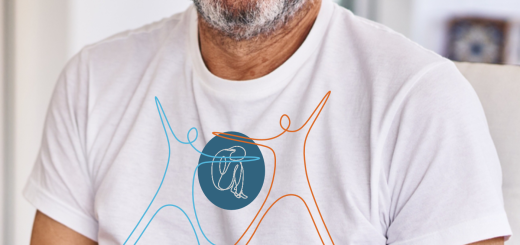

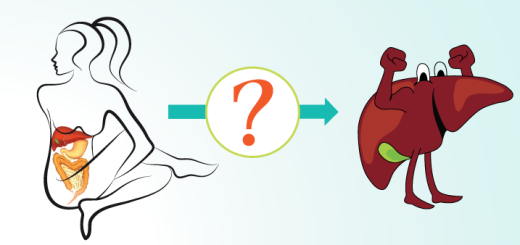
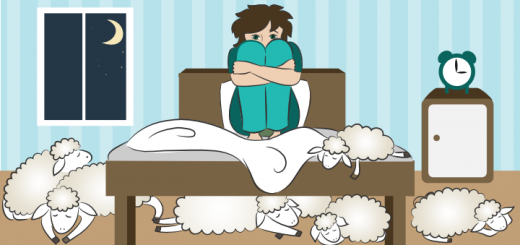















Very informative and wise post on the breath Olga. You make the subject seem both simple and complex and yet accessible. Thank you!
Always on pointe. Your articles are beautifully explained and so interesting. You are a breath of fresh air!
Thank you,
Ann
I just want to thank you for writing to us. I am 77 and have been involved at some level of practice since 28. You teach well and you write well. My health reflects the importance of movement and breath. People ask, and I tell them YOGA. Some join me and some just cannot cannot make the commitment. Thank you again for all the instruction you have made available to those who seek! Sincerely, Weslie